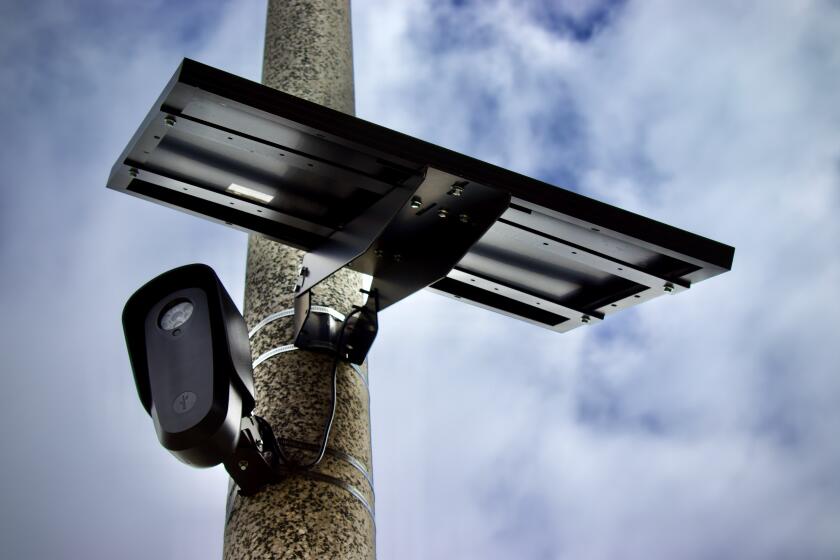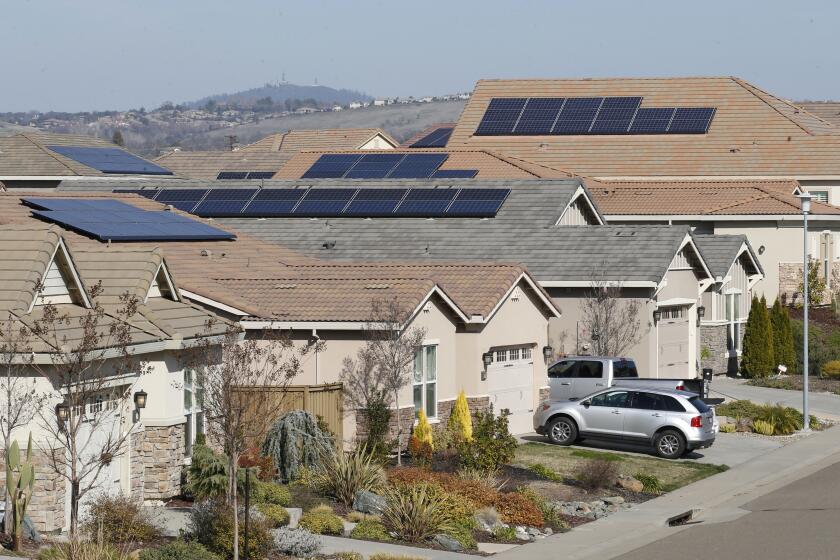Commentary: The pandemic cost San Diego almost 20 years in tourism gains. Here’s how we rebuild.

Coker is president and CEO of the San Diego Tourism Authority and lives in Little Italy. Cafferty is president and CEO of San Diego Regional EDC and lives in Point Loma. Bradford is executive vice president and chief operating officer of the San Diego Regional Chamber of Commerce, and a San Diego Convention Center Board member. She lives in Bay Park.
The ability of the tourism industry to bounce back after periods of economic hardship and inject revenue into the San Diego region should never be in doubt. We’ve seen it done before in the wake of the Sept. 11, 2001, terrorist attacks and the Great Recession of 2007 and 2008 with our tourism and hospitality businesses leading San Diego’s larger economic recovery in the aftermath of those upheavals.
Still, the COVID-19 pandemic presents new challenges and opportunities as our local tourism industry begins to make its comeback. With this week marking National Travel and Tourism Week, now is the perfect time to take stock of how important tourism has been to our regional economy in the past and how critical it will be in our ongoing recovery efforts going forward.
We provide this platform for community commentary free of charge. Thank you to all the Union-Tribune subscribers whose support makes our journalism possible. If you are not a subscriber, please consider becoming one today.
At the start of the pandemic, our three organizations — the San Diego Regional Chamber of Commerce, the San Diego Regional Economic Development Corp. and the San Diego Tourism Authority — came together to develop “Back in Business San Diego,” an economic framework designed to ensure that our region would rebound better and more resilient than before.
As we developed that framework over the last year, it reinforced how important tourism is not only to our region’s economy but also our collective quality of life and why it is essential that elected leaders and the community continue to support the industry in its recovery efforts.
To understand the road back, we need to acknowledge that the devastation to our local industry is like nothing we’ve seen in our lifetimes. At the peak of the pandemic, some 70,000 tourism and hospitality workers lost their jobs. Visitor spending tumbled more than 55 percent from $11.6 billion in 2019 to $5.2 billion 2020. In fact, due to the pandemic, San Diego lost almost 20 years of economic gains in visitor spending, jobs and tax revenues. Tourism Economics, a research firm, forecasts that it could take San Diego tourism almost five years to recover to its 2019 economic performance levels.
While the road may be longer than we like, investing and supporting San Diego’s tourism industry is an imperative. Prior to the pandemic, the industry was the second biggest employer in the region and was responsible for one in eight, or about 200,000, jobs. These jobs encompass a wide spectrum of pay, skills and education requirements with unique opportunities for employee growth and career advancement.
Beyond that, it’s important to acknowledge that tourism will always have an outsized role in our local economy as it is essentially an export industry, bringing billions of dollars each year from outside San Diego into our region and boosting other sectors of the economy such as retail.
Then, of course, there are the tax revenues visitors pay when they stay in our hotels. These tax dollars pay to support everything from public safety to parks and libraries to arts and culture, helping to improve the lives of residents on a daily basis. Due to the pandemic, hotel tax revenue for the city of San Diego is expected to be down as much as $70 million for fiscal year 2022, or almost 30 percent when compared to the high-water mark of fiscal year 2019. While federal aid will lessen the sting of these losses in the short term, we must ensure that we build back this tax revenue stream for our collective long-term financial stability and to provide the services and amenities our residents deserve.
Despite the difficulties of the last year, it is clear that tourism still has the power to help rebuild our economy, restore our small businesses, rehire our workers and revive our communities. But it also contributes something more. Travel and tourism allow us to highlight all we have to offer — our natural beauty, our innovative spirit, our diversity and commitment to equity and inclusion. It connects the world to us and us to the world.
After this last year, that connection is more important than ever.
Get Weekend Opinion on Sundays and Reader Opinion on Mondays
Editorials, commentary and more delivered Sunday morning, and Reader Reaction on Mondays.
You may occasionally receive promotional content from the San Diego Union-Tribune.






